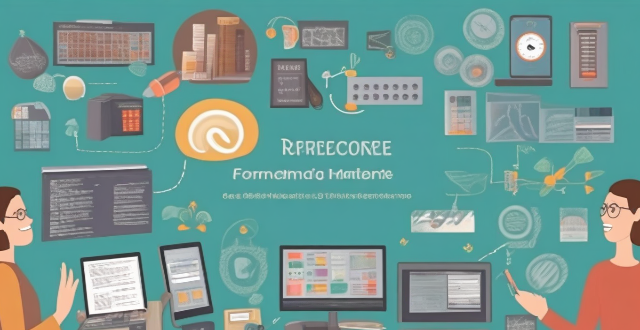Taking effective notes requires finding a format or structure that suits your learning style, subject matter, and personal preferences. Popular note-taking methods include the Cornell Method, the Outline Method, the Mind Map Method, and the Sentence Method. The Cornell Method encourages active learning by prompting you to think about the material as you take notes, while the Outline Method helps you see the big picture and understand how different concepts relate to each other. The Mind Map Method encourages creativity and helps you see connections between different ideas, while the Sentence Method encourages deep thinking and understanding of the material. It's important to experiment with different methods and find the one that works best for you in order to improve your retention, organization, and productivity.

Is there a specific format or structure that works best for taking notes?
Introduction
Taking effective notes is an essential skill that can help you retain information, organize your thoughts, and improve your productivity. While there are various note-taking methods available, the most effective approach depends on your learning style, subject matter, and personal preferences. In this article, we will explore some popular note-taking formats and structures to help you find the best method for your needs.
The Cornell Method
The Cornell Method is a widely used note-taking system that involves dividing your paper into three sections: a cue column, a notes area, and a summary area. Here's how it works:
1. Cue Column: Write questions or keywords in the left margin of your paper to prompt your memory during review.
2. Notes Area: Take detailed notes in the main section of your paper, using bullet points, short sentences, or any other format that suits you.
3. Summary Area: Summarize the key points of your notes at the bottom of the page, using just a few words or phrases.
Pros:
* Encourages active learning by prompting you to think about the material as you take notes.
* Provides a clear structure for organizing your notes and making them easier to review later.
Cons:
* May require more time and effort to set up initially.
* Not suitable for everyone, as some people prefer a less structured approach to note-taking.
The Outline Method
The Outline Method involves creating a hierarchical structure of your notes, using headings, subheadings, and bullet points to organize information. This method works well for linear subjects like history or biology.
Pros:
* Helps you see the big picture and understand how different concepts relate to each other.
* Makes it easy to add new information or rearrange your notes later.
Cons:
* Can be time-consuming to create an outline for complex subjects.
* May not be suitable for subjects with a lot of interconnected ideas or concepts.
The Mind Map Method
Mind mapping is a visual note-taking technique that involves creating a diagram of your notes, with main ideas branching out into subtopics and supporting details. This method works well for creative subjects like art or literature.
Pros:
* Encourages creativity and helps you see connections between different ideas.
* Makes it easy to brainstorm and generate new ideas.
Cons:
* Can be difficult to read and review later if your mind map becomes too cluttered or complex.
* Not suitable for everyone, as some people prefer a more linear approach to note-taking.
The Sentence Method
The Sentence Method involves writing complete sentences in your notes, rather than using bullet points or short phrases. This method works well for subjects like philosophy or literature, where understanding the context and nuances of language is important.
Pros:
* Encourages deep thinking and understanding of the material.
* Makes it easy to review your notes later without having to fill in gaps or clarify meaning.
Cons:
* Can be time-consuming if you're trying to take detailed notes during a lecture or presentation.
* Not suitable for subjects where speed and efficiency are more important than depth and detail.
Conclusion
There is no one-size-fits-all answer to the question of which note-taking format or structure works best. The key is to experiment with different methods and find the one that resonates with your learning style, subject matter, and personal preferences. By taking effective notes, you can improve your retention, organization, and productivity, ultimately leading to better academic performance and success in your chosen field.